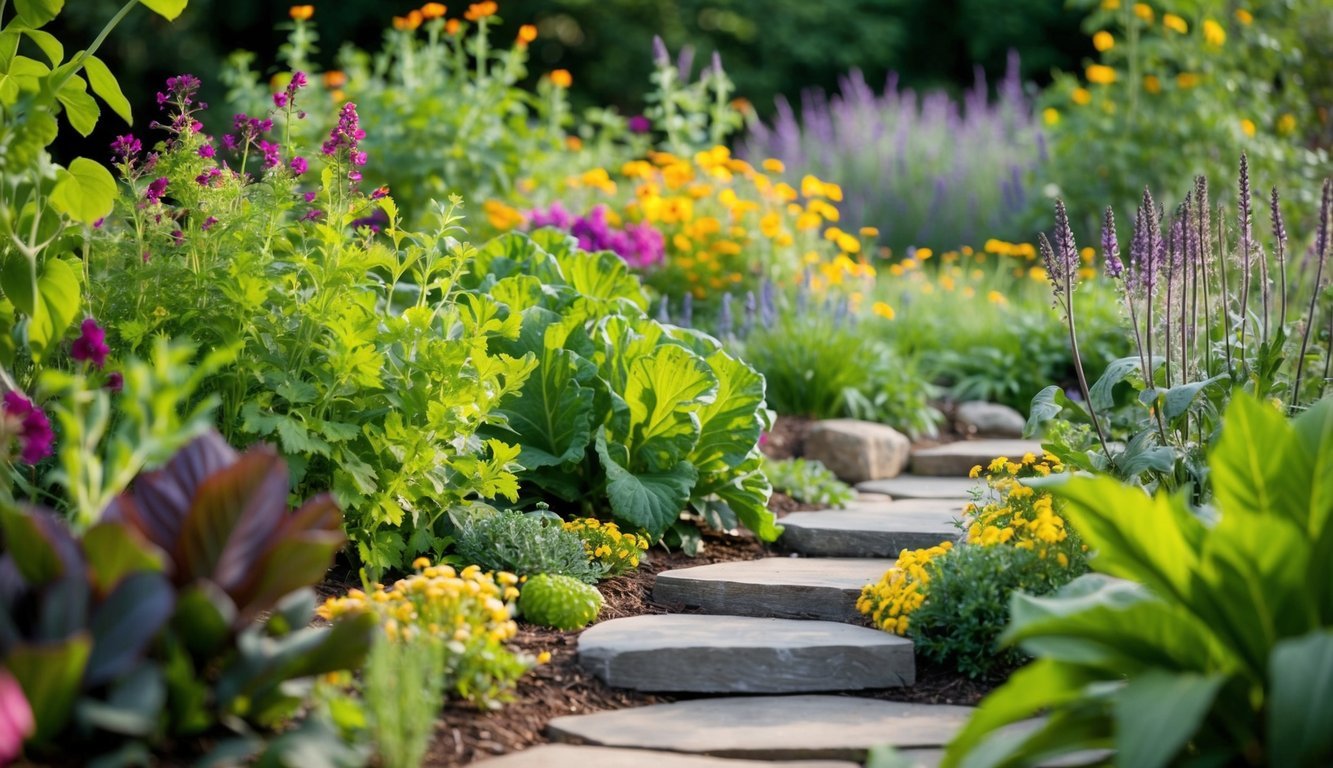
As we look ahead to 2025, the landscaping sphere is evolving.
The focus is shifting from mere appearances to eco-friendly and sustainable practices that harmonize with the environment.
While the charm of a manicured lawn still appeals to some, many homeowners are opting for a bolder, more organic aesthetic that favors native plants and vibrant wildflowers.
This transition not only minimizes the need for costly and labor-intensive traditional turf care but also promotes a more eco-conscious outdoor experience.
Cameron DePaola’s Insights
Cameron DePaola, a landscape designer and owner of Riverside Group LLC, points out the decline of the meticulously uniform lawn, which often lacks biodiversity.
Today’s landscaping trends favor striking designs infused with rich colors and minimal upkeep, enhancing not just beauty but also ecological health.
Incorporating wildflowers and native species invites beneficial insects and pollinators, linking aesthetic appeal with the natural world’s vitality.
Key Landscaping Trends for 2025
- Edible Landscaping: The idea of edible landscaping is rapidly gaining momentum.
Homeowners eager for fresh produce are creatively blending herbs, fruit-bearing shrubs, and compact vegetables into their ornamental gardens.
This innovative approach maximizes space, conserves water, and simplifies garden maintenance, resulting in an appealing and functional outdoor environment that offers both beauty and fresh ingredients.
- Resilient Design Against Climate Challenges: With severe weather and rising sea levels becoming commonplace, creating resilient landscapes is increasingly critical, especially for coastal regions.
DePaola highlights the urgency of reevaluating design and maintenance practices to include robust seawalls, effective erosion control, and thoughtful shoreline management.
- Embracing Natural Hardscaping: Naturalistic hardscaping is a trend that celebrates the use of locally sourced stone, reclaimed wood, and organic materials.
By melding hardscape features with the natural terrain, this approach eschews rigid, conventional designs in favor of a more fluid and organic aesthetic.
Permeable surfaces like stone pathways not only add visual appeal but also enhance drainage and reduce runoff issues.
- Smart Irrigation Technologies: The rise of smart irrigation systems offers significant advantages, including water conservation and healthier plant life.
With the help of weather-based controls and soil moisture sensors, these systems ensure plants receive water precisely when needed, curbing runoff and limiting weed growth, as emphasized by design consultant Christopher Simon from Riverside Group.
- Coherent Color Palettes: As we enter 2025, landscaping designs will likely feature thoughtfully curated color schemes that resonate with contemporary interior and exterior aesthetics.
Soft neutrals and warm gray tones will serve as a subtle backdrop, allowing bolder plant choices to shine within the landscape.
- Low-Maintenance Landscaping Options: More homeowners are discovering alternatives to traditional lawns, such as no-mow techniques and xeriscaping, which align with eco-friendly ideals.
By replacing traditional grass with natural meadows or drought-resistant plants, this approach can drastically cut down the need for mowing, watering, and fertilizers.
- Spaces Designed for Wellness: With an increasing emphasis on health and well-being, wellness-focused outdoor spaces are becoming more prevalent.
These serene retreats encourage relaxation and self-care, adding a restorative element to the landscape that enhances personal well-being.
- Artistic Sculptural Features: Designers are also embracing the trend of integrating sculptural elements, vertical gardens, and artistic installations into their landscapes.
These features create visually captivating connections between the built environment and nature, enriching the overall experience.
- Focus on Native and Diverse Plant Life: The commitment to native and diverse planting continues to thrive and is expected to broaden in 2025.
This approach not only reduces ecological impact but also yields vibrant landscapes that engage dynamically with their surroundings.
Conclusion
These forward-thinking trends emphasize a synergy of sustainability, beauty, and functionality, transforming outdoor spaces into authentic extensions of the natural world.
Source: Marthastewart

